Patients first.
Everything
else second.
Port Coquitlam Physiotherapy. A modern clinic making physiotherapy and massage accessible and comfortable for every client we serve.
One-on-one treatment in private rooms and personalized care that places your wellbeing above all else. We are fluid and flowing to adapt to your needs while remaining firmly rooted in proven practices. This is Riverwood, this is the better way.
Registered Massage Therapy
Massage Therapy is the treatment and prevention of dysfunction, injury and pain in the body through the use of hands-on manipulation of soft tissues and joints.
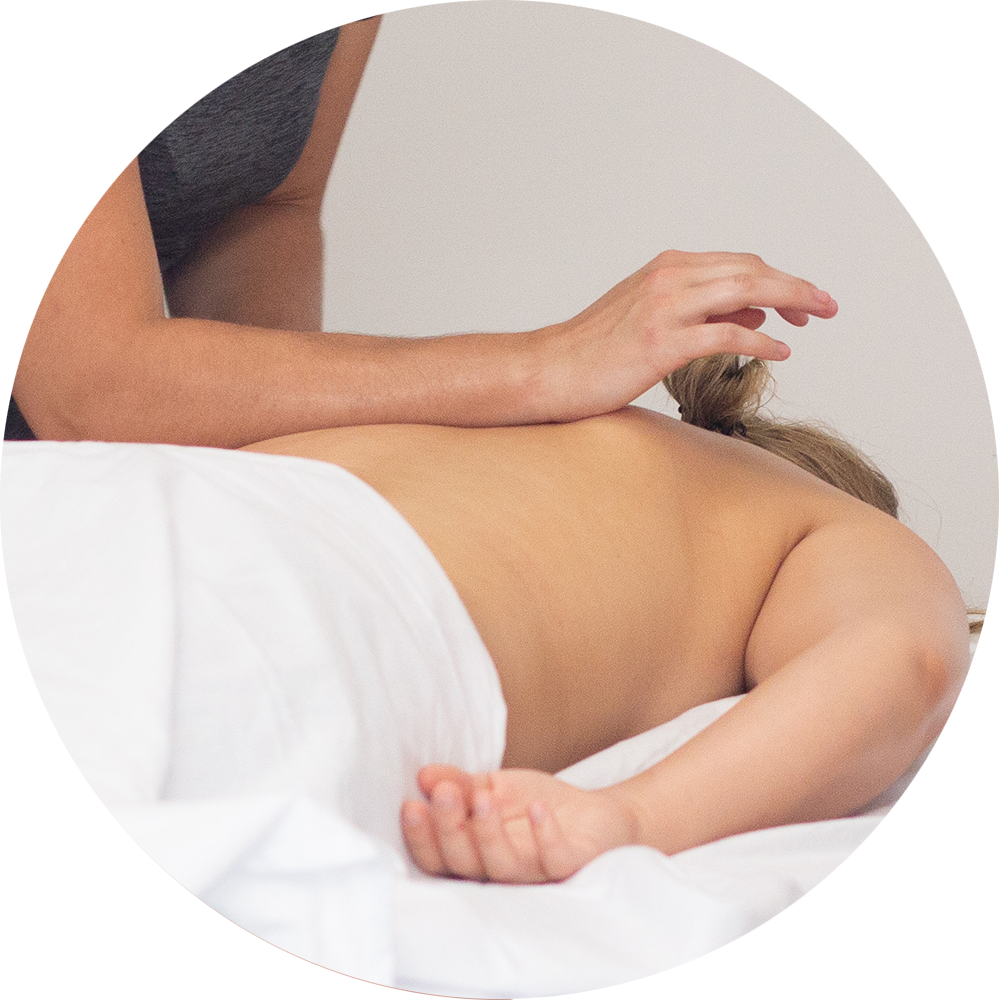
Acupuncture
An ancient technique to reduce pain and inflammation by releasing our body’s natural pain-relievers.

Mechanical Neck Traction
Gentle neck decompression from our traction device can help with several different causes of neck pain.

Manual Therapy
A hands-on approach to restoring mobility including various massage techniques and joint mobilizations.
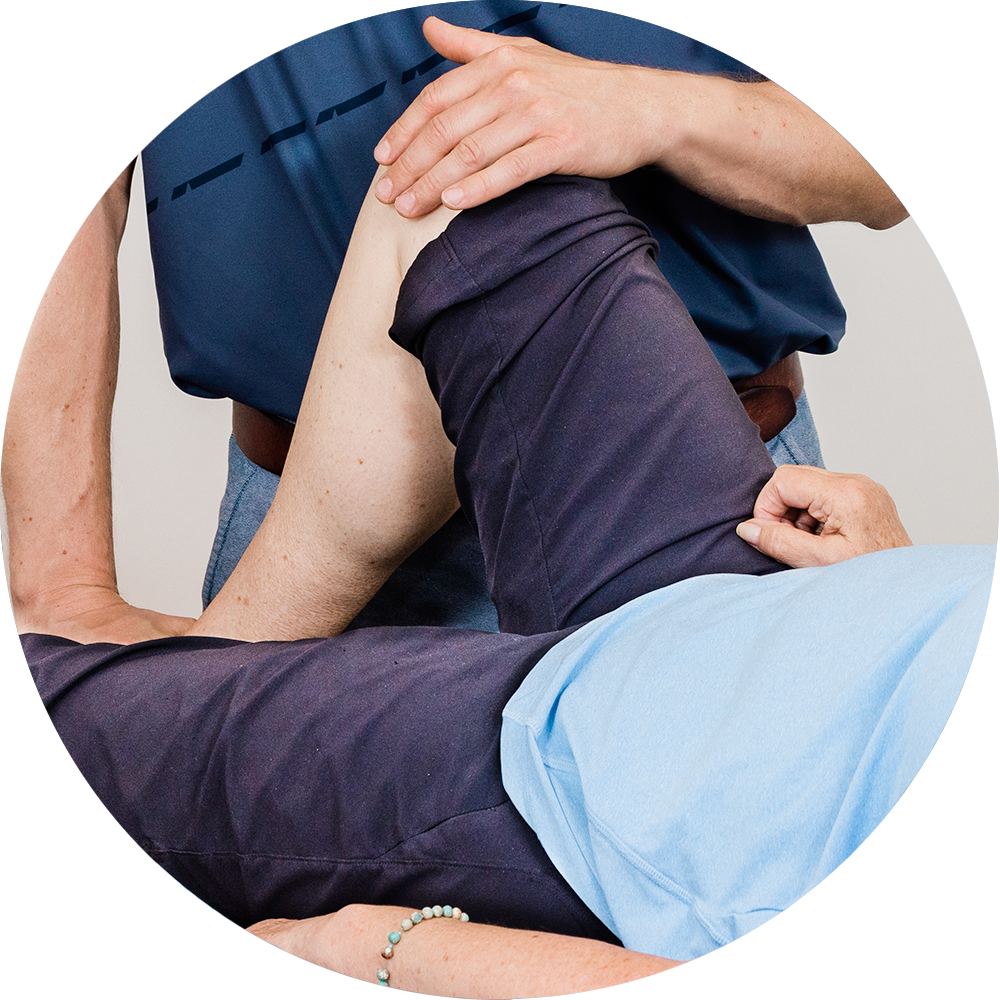
Exercise Prescription
An individually tailored program that addresses your specific needs will help to maximize your function and performance.
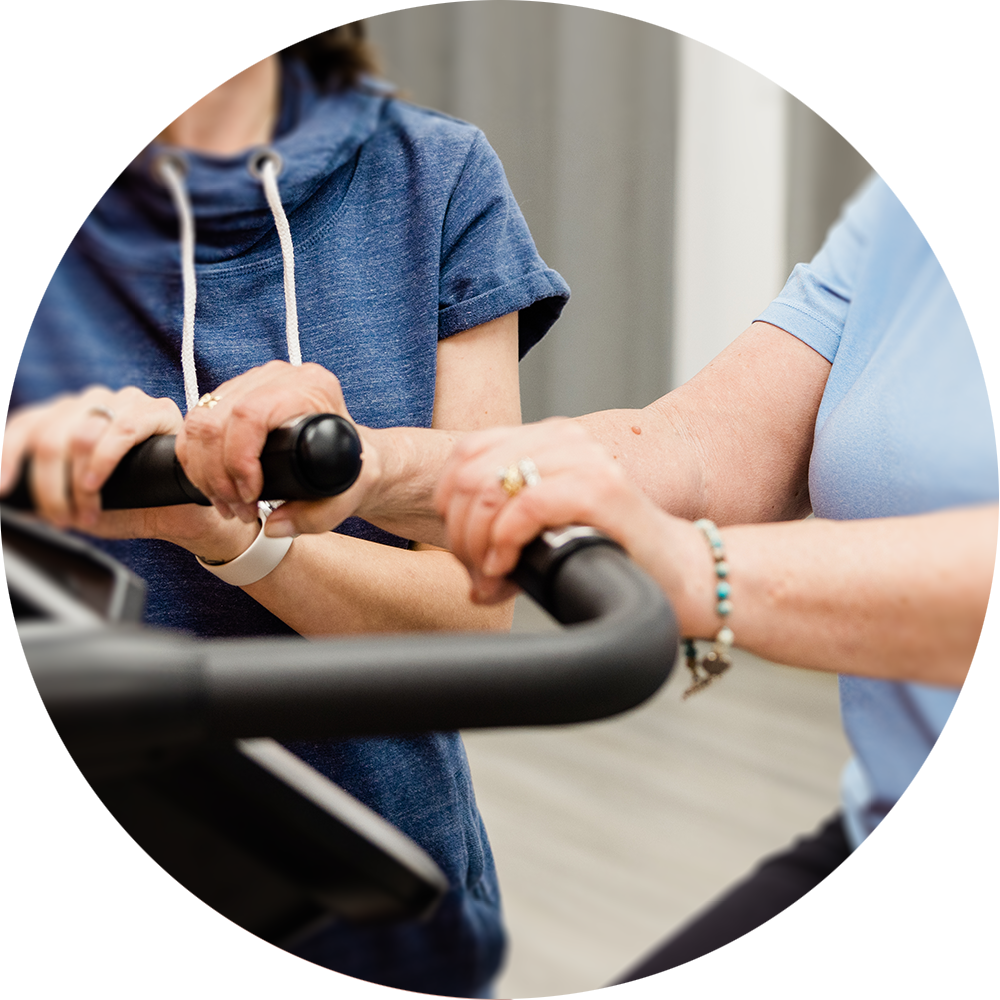
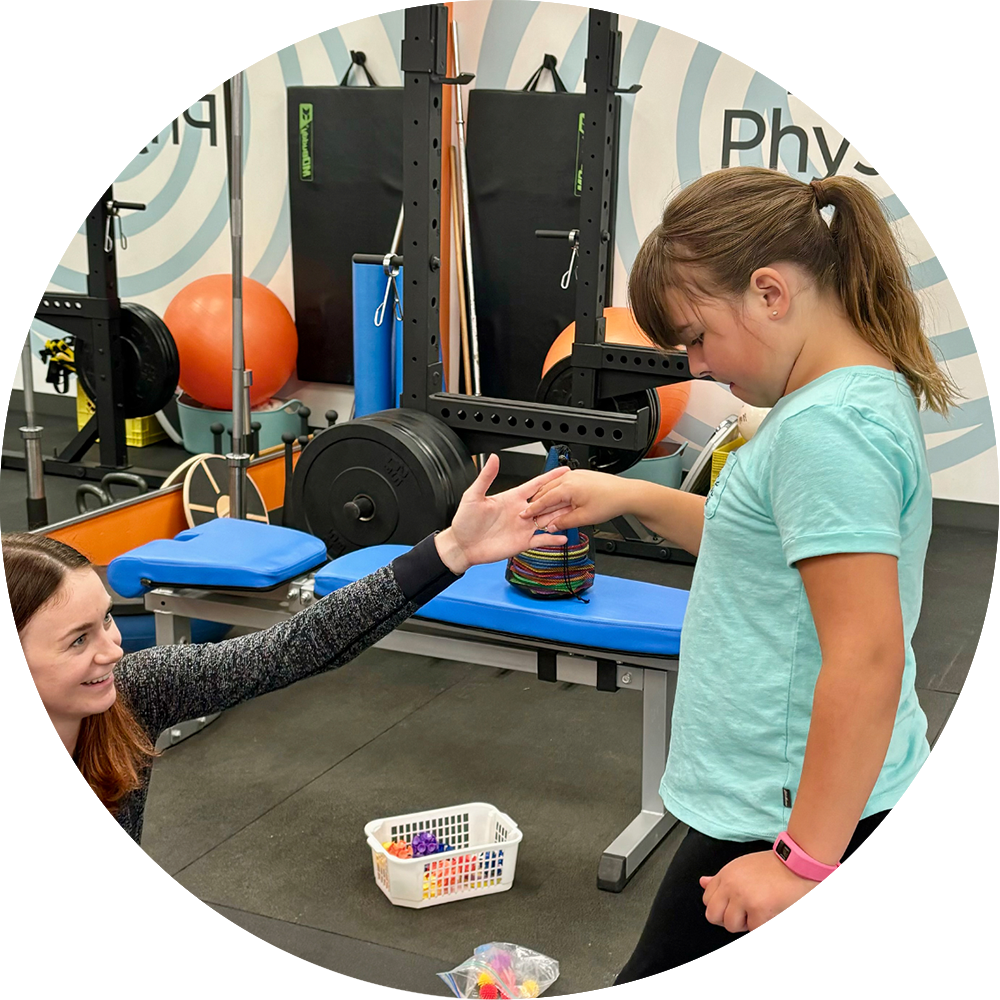
Intramuscular Stimulation (IMS)
IMS is a dry needling technique that uses thin acupuncture needles to directly release painful, high tone muscles.
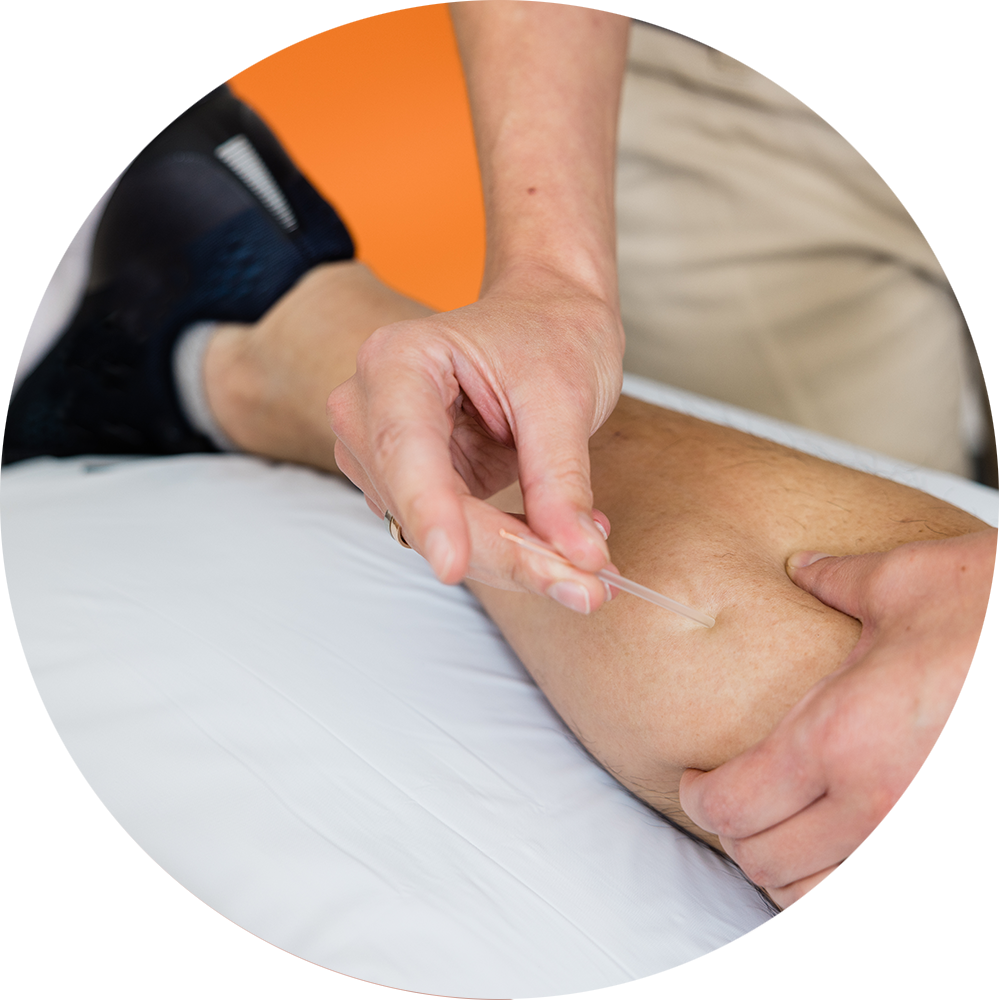
Pre & Post Surgical Rehab
Maximize your strength and mobility before surgery so that your body is primed and ready for rehabilitation after.
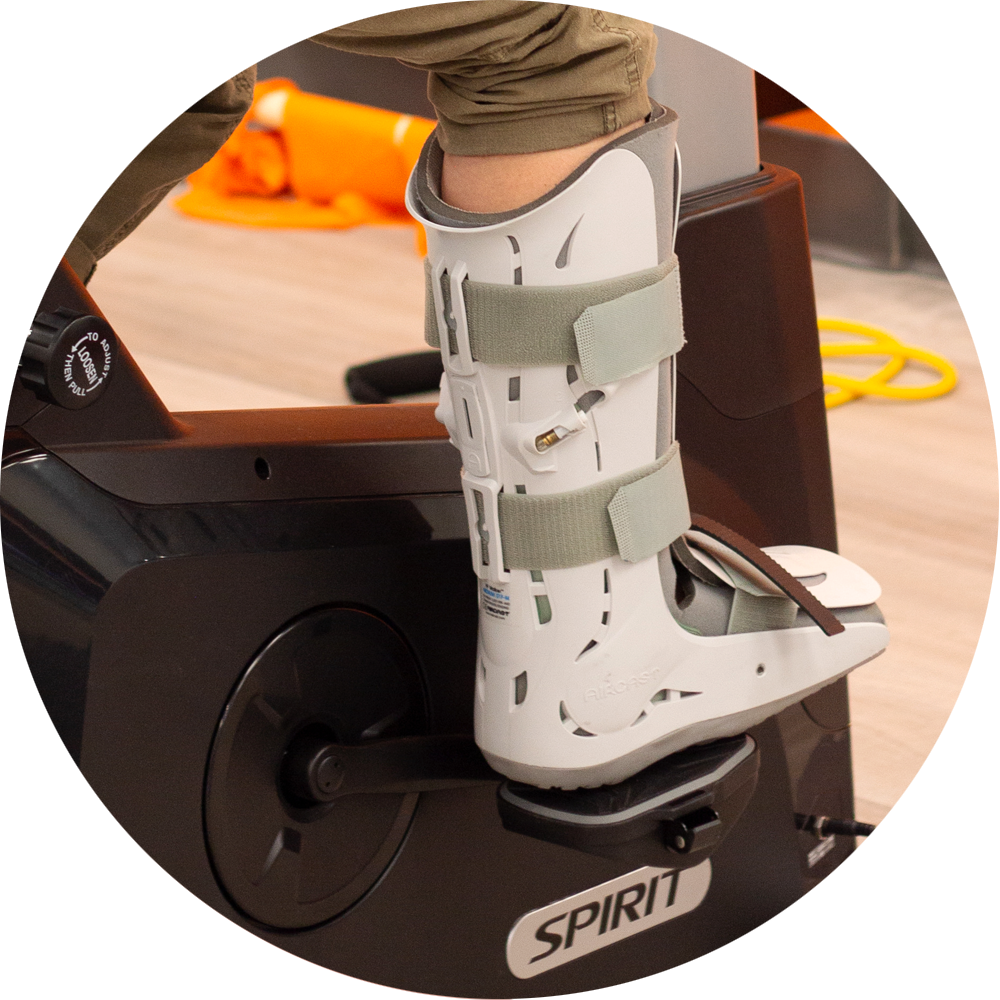
Active Rehabilitation Programs
One-on-one, individually tailored exercise sessions developed for people looking to regain physical function after an injury.

Sports Rehabilitation
Prepare your body for the rigors of sport with the proper therapy and exercise program.
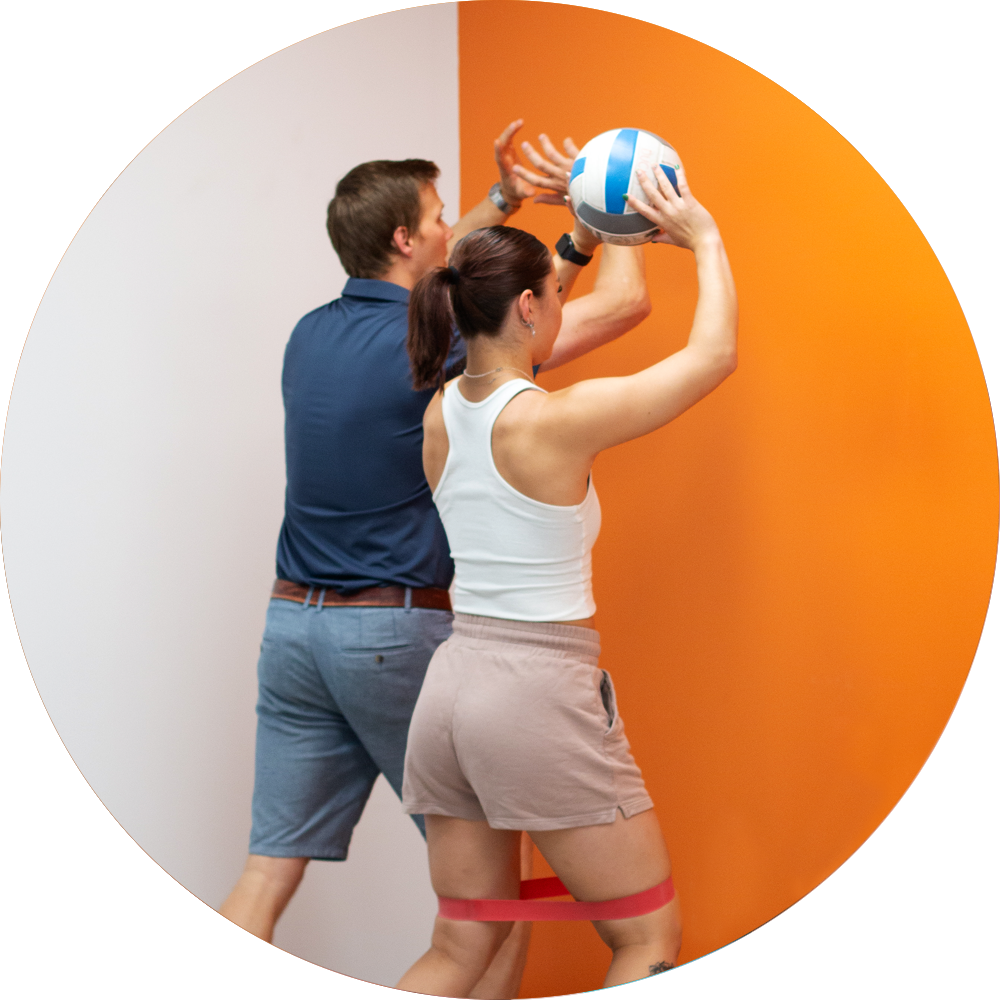
Shockwave Therapy
Radial pressure waves from this device transmit into the tissue and help to encourage a local healing response in an area of chronic injury.
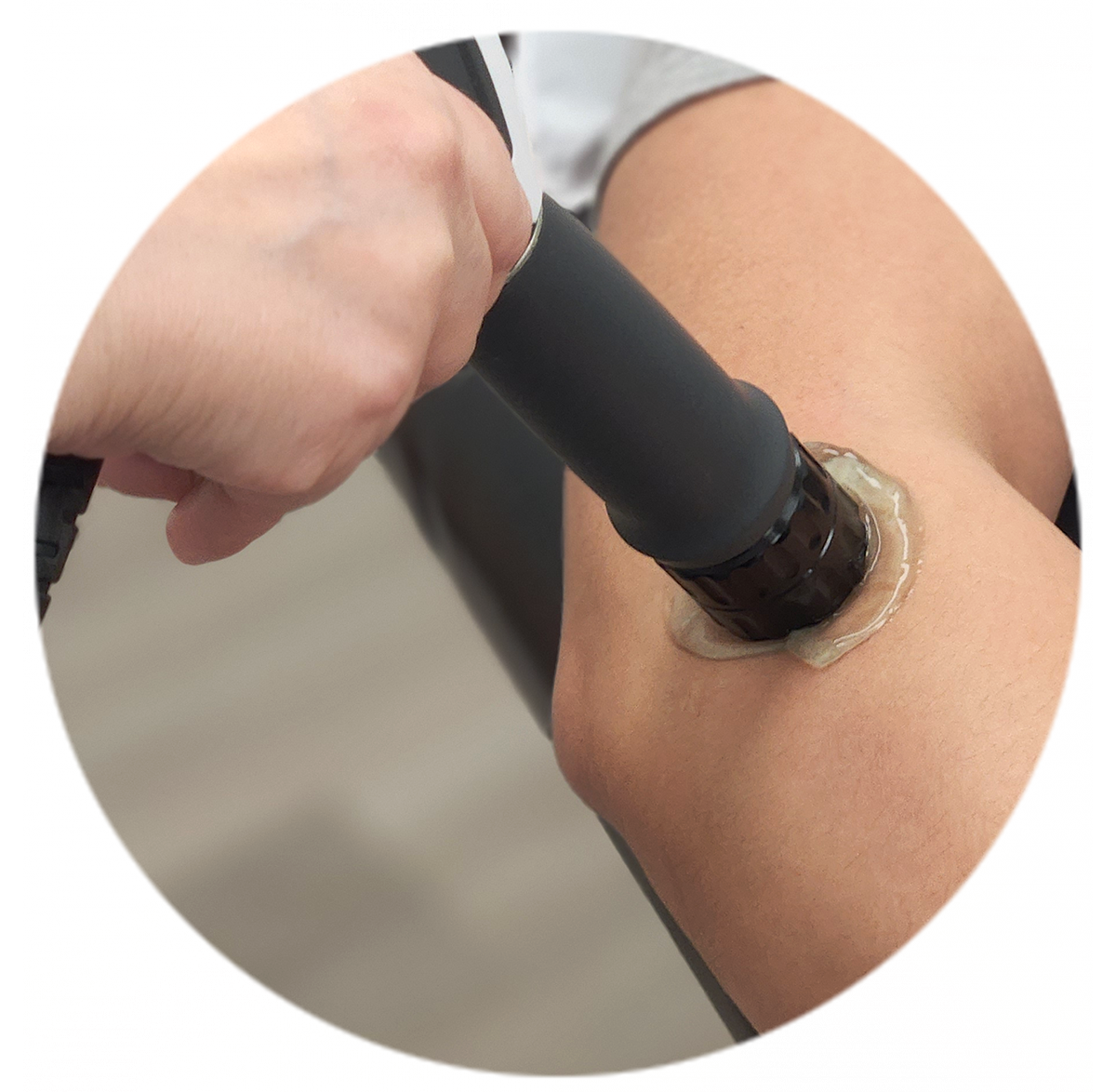
Temporomandibular Disorders (TMD)
Specialized training that can also treat the joint at our jaw and its surrounding muscles.
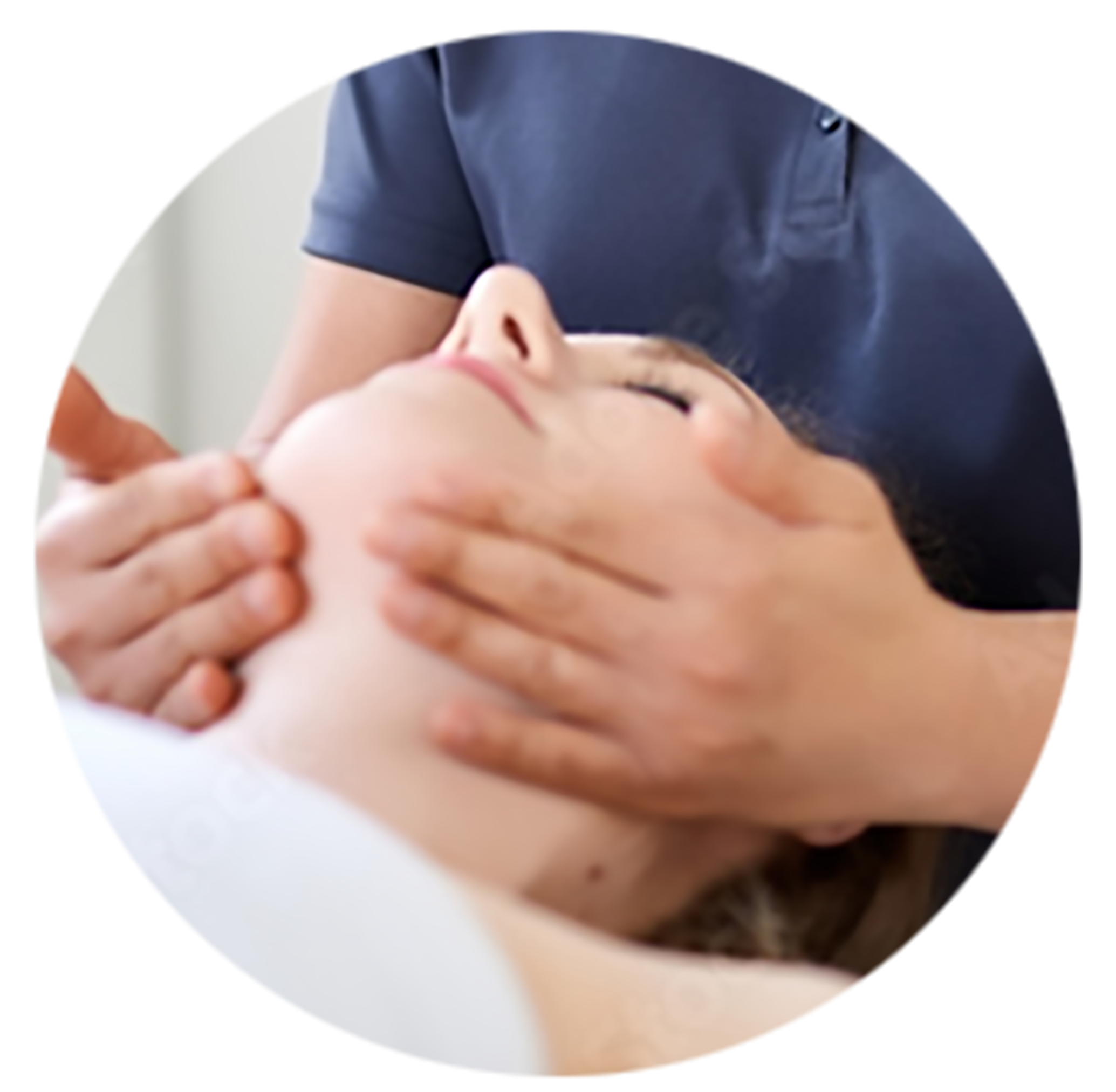
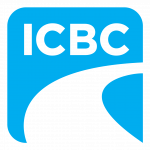

We are approved to treat WorkSafeBC and ICBC injury claims
There will be no charge for your appointment provided your claim is accepted and you have valid claim number. We bill WorkSafeBC and ICBC directly on your behalf.
We Offer Direct Billing To Your Insurance Provider
Riverwood Physiotherapy is pleased to offer direct billing for physiotherapy and massage to a number of extended health plan providers. The availability of this service is dependent on your provider and your plan. On your first appointment, please bring your benefits card.
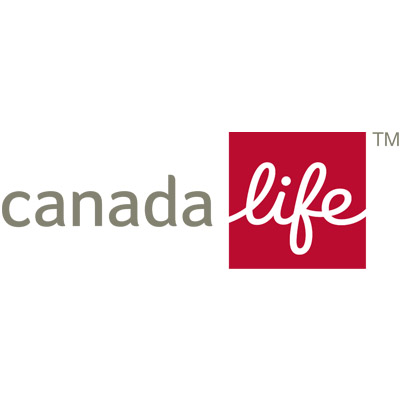

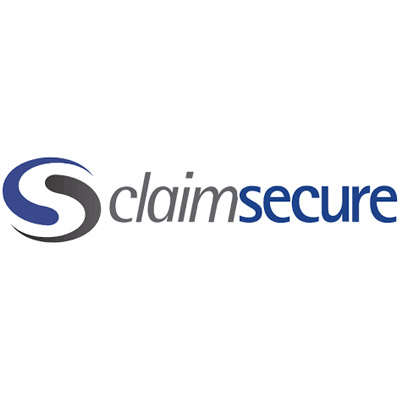


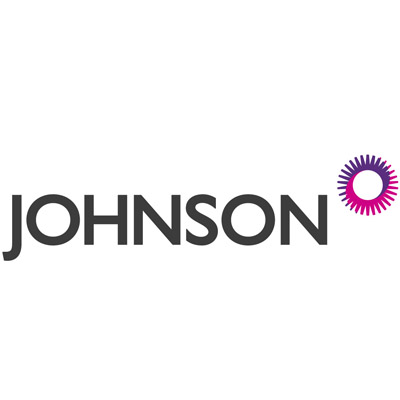
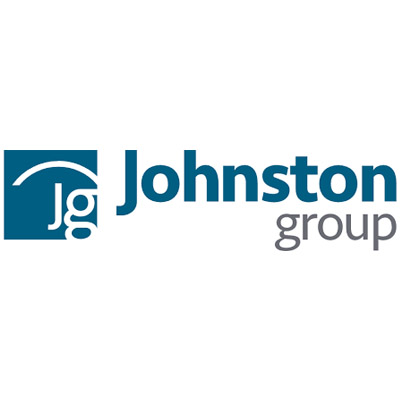

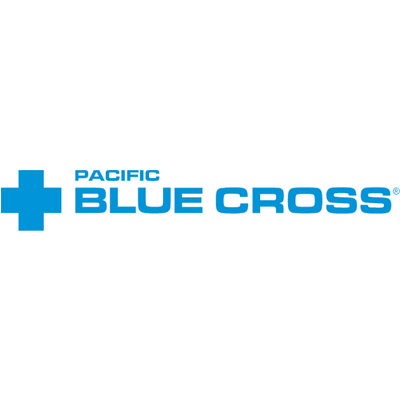
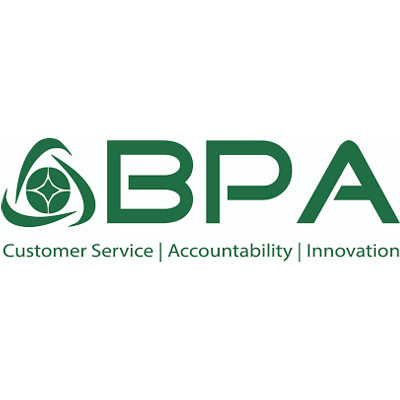


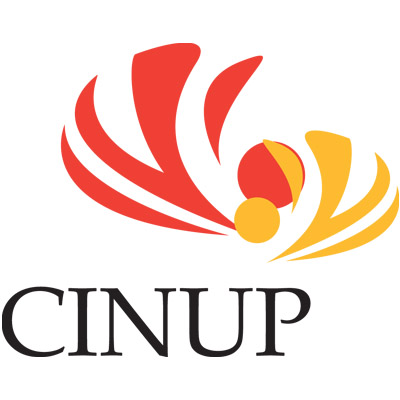

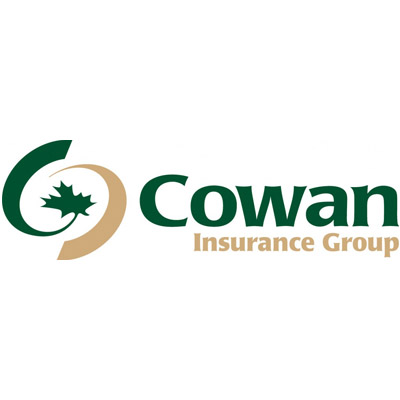













We Offer Direct Billing To Your Insurance Provider
Riverwood Physiotherapy is pleased to offer direct billing for physiotherapy and massage to a number of extended health plan providers. The availability of this service is dependent on your provider and your plan. On your first appointment, please bring your benefits card.




























Kristen was recommended to me by a friend and I have been going to her for over two years. I have suffered from neck and shoulder issues for years. I’ve tried all kinds of therapy. Since seeing Kristen I’ve never felt better. She is extremely knowledgeable, communicative and committed to helping people feel better.
Kristen has been an important person in my lower body injury recovery. Her knowledge and attention to detail are top notch. Kristen is a true professional and shows compassion in discussions of my treatment needs. I recommend you book an appointment if you want great results for your needs!
I was suffering from sciatica pain for a couple months. My wife kept telling me to go see Kristen. I finally listened, and so glad I did! Pain free now! My wife was right!!! Thank you Kristen!
I would not be where I am at today if it wasn’t for Paul. He helped me both physically and mentally when it came to my return to play. I’ve seen Paul for the last 8 years for multiple knee injuries and have never trusted anyone with my knee rehabilitation journey more than I do with Paul.
Paul is an excellent physiotherapist. I’ve had a number of therapists and he is by far the best. He has a great approach to fixing your injury.
Paul has become an invaluable resource to our club. He’s taken the time to understand the demands of our sport and our training cycle in order to provide the best care to our athletes. Whether it’s acute injury management or planning a safe return to play, Paul always does a great job looking after the Ducks!

